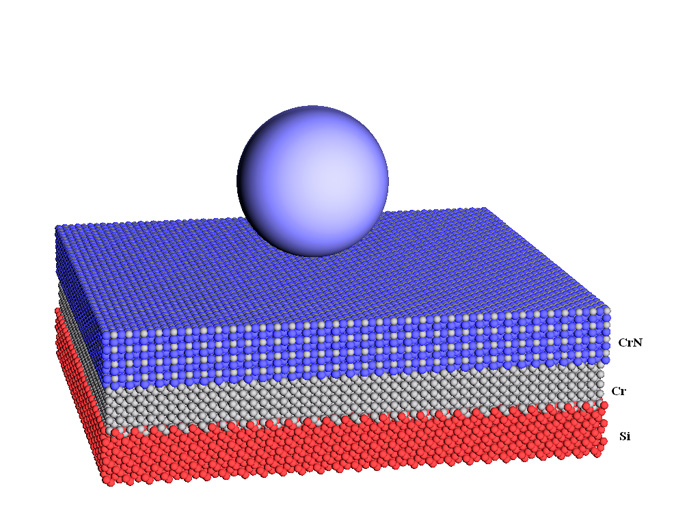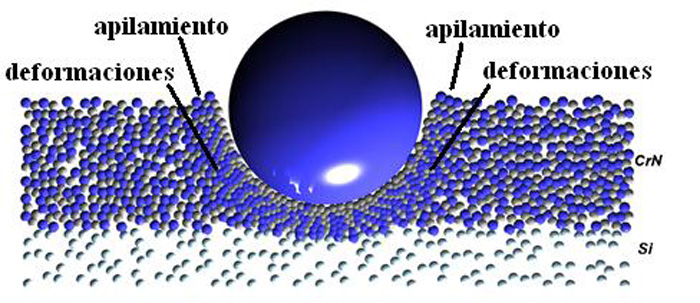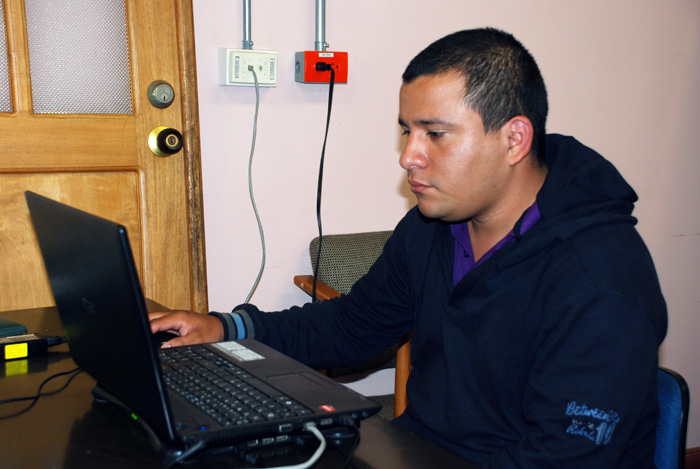These materials are used in the metals industry to make coatings to metal pieces such as tools, and to fabricate different types of devices in the microelectronics area.
"Since measurement instruments that reach very small scales like Armstrong (10-10 m) levels do not exist, the interactions among materials to this scale is still unknown. This mechanism permits the visualization and analysis of this molecular activity," asserted the student.
Initially, the theoretical part was developed by using a series of equations to describe the behavior and interaction of atoms at this nano-level. With these parameters, calculations were made to determine the way in which external forces such as heat and tension could cause deformations. This type of analysis cannot be performed with a microscope.
After this, for performing the simulation, the information was placed in FORTRAN, a program for the translation of formulas that takes the equations made by scientist and changes them into a language that the computer can interpret to make the necessary calculations.
In the simulation process, a virtual sphere that enters in the material is generated, which makes atoms to move aside in the same way as when a ball is introduced into water. In other words, more than an observation, it is an immersion in the inner structure of the element.
"With the analysis performed using this program, the veracity of the theory that affirms that the hardiness tends to increase when the scale is reduced was proved by contrasting the virtual model with real measurements in a higher scale. Therefore, the minimal amounts of material for its functioning were determined," concluded the expert.
Additionally, with some small modifications, the software could measure the properties of other similar materials, for instance the analysis of chrome, which is part of transition materials characterized by their hardiness and resistance. According to the student, it also includes the simulation of other elements with similar properties such as titanium, manganese and tungsten.
 Correo Electrónico
Correo Electrónico
 DNINFOA - SIA
DNINFOA - SIA
 Bibliotecas
Bibliotecas
 Convocatorias
Convocatorias
 Identidad UNAL
Identidad UNAL





